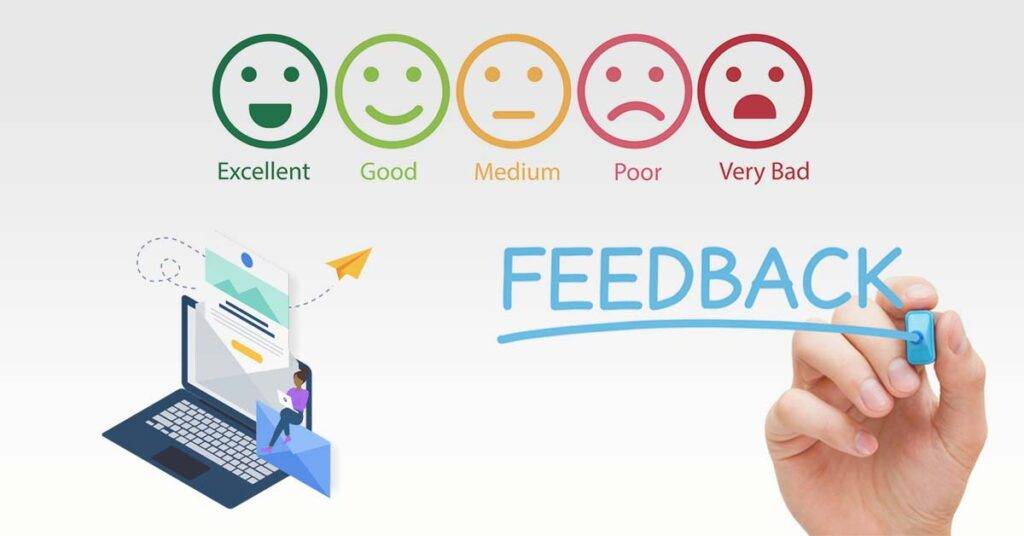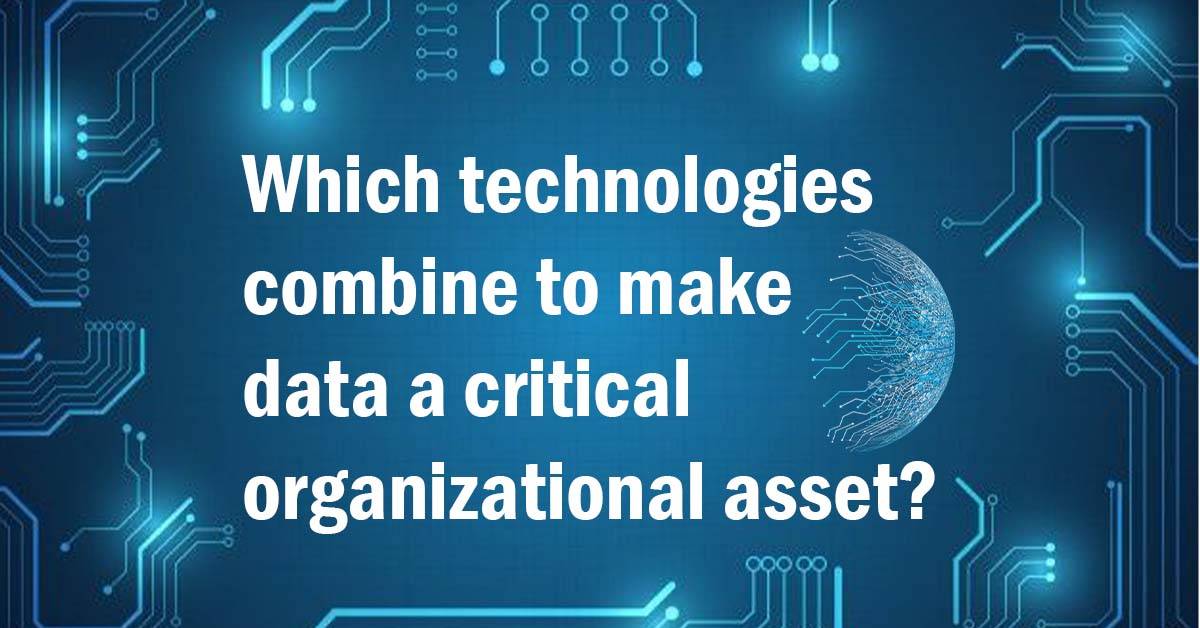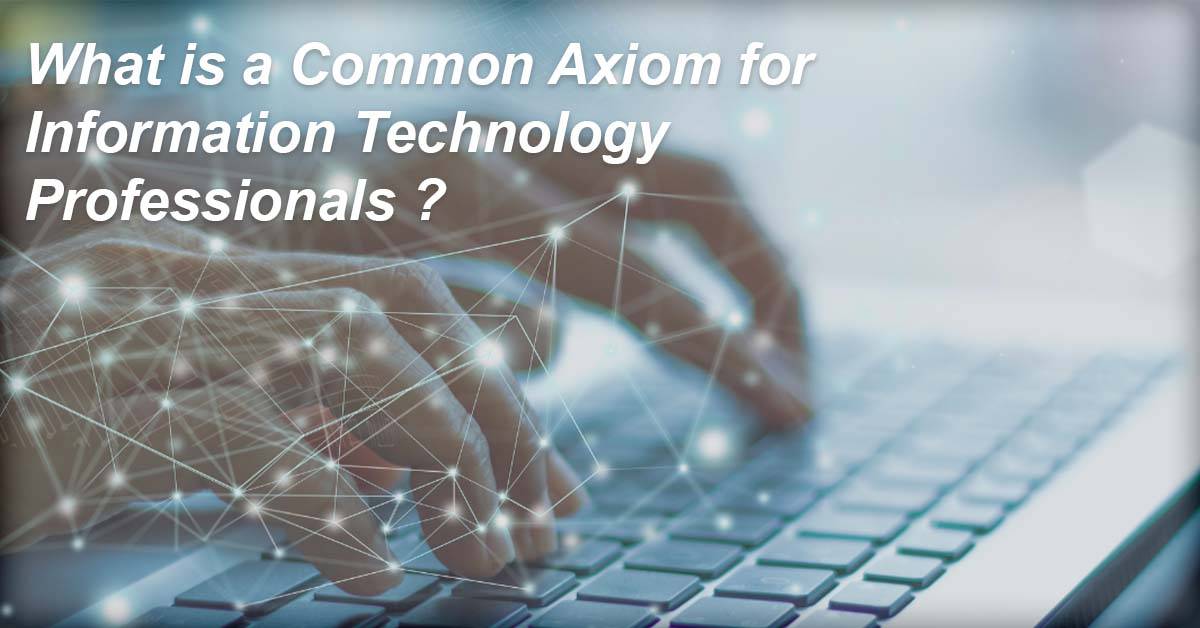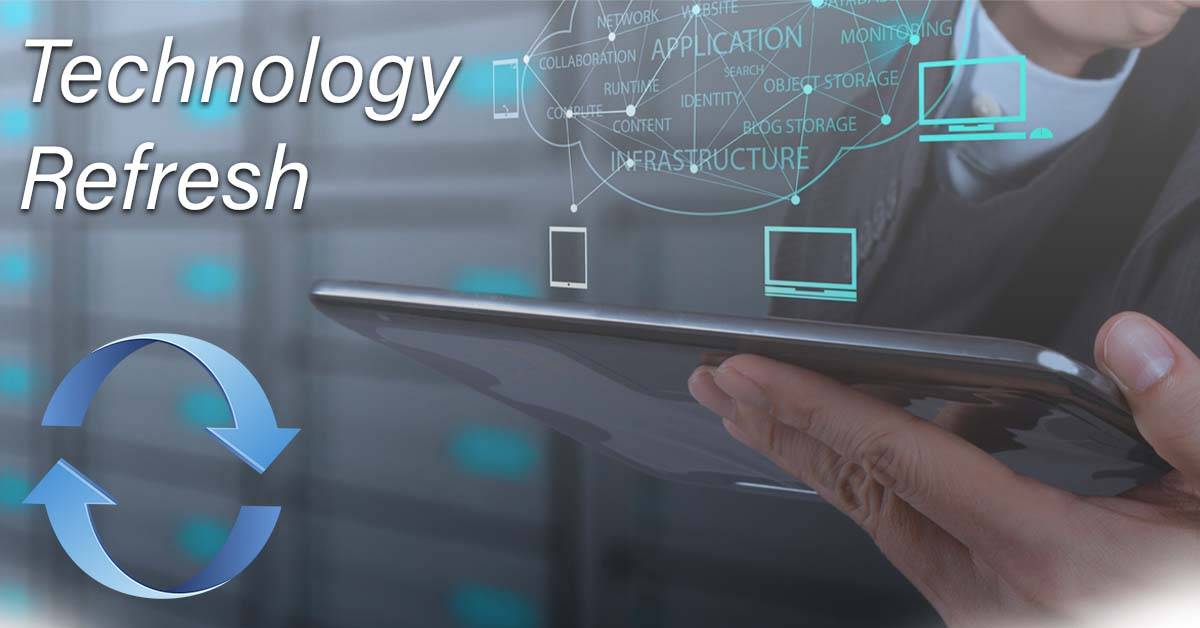In today’s fast-paced corporate world, the integration of information technology (IT) has revolutionized how businesses operate. One significant aspect of this transformation is how IT brings employees closer to upper management, fostering a more cohesive and communicative work environment.
By leveraging technology, organizations have discovered innovative ways to bridge the gap between different hierarchical levels, ensuring increased collaboration & overall efficiency.
In this article, we will explore the various ways in which “How does information technology bring employees closer to upper management?“
1. Real-time Communication Platforms
Traditional organizational structures often hindered efficient communication between employees and upper management.

However, the advent of real-time communication platforms has transformed this scenario drastically. Tools such as instant messaging, video conferencing and collaboration software have allowed employees to engage with their superiors seamlessly.
This technology breaks down barriers of physical distance and time zones, enabling employees to seek guidance, share ideas & receive timely feedback from upper management.
2. Inclusive Virtual Meetings
Information technology has revolutionized the way meetings are conducted. In the past, employees might have had limited opportunities to interact with upper management, especially if they were based in different offices or regions.
Today, virtual meetings have become the norm, allowing for a more inclusive environment. Through video conferencing solutions, employees can actively participate in discussions, share their insights and feel valued as an integral part of the decision-making process. Through video conferencing solutions, employees can actively participate in informative business presentation discussions, share their insights and feel valued as an integral part of the decision-making process.
3. Performance Tracking & Feedback
IT solutions have revolutionized employee performance tracking and feedback mechanisms. Modern software tools enable continuous evaluation of employees’ progress, providing upper management with real-time insights into individual and team performance.
Consequently, this data-driven approach allows for more constructive feedback and timely recognition of accomplishments, enhancing employee motivation and engagement.
4. Employee Portals & Intranets
Employee portals and intranets serve as centralized hubs of information within organizations. These platforms offer employees access to important company updates, policies and announcements from upper management.
By providing transparent and readily available information, employees feel more informed and connected to the company’s mission and vision, fostering a sense of loyalty and dedication.
5. Collaborative Project Management Tools
Effective project management often requires close coordination between employees and upper management.
Thanks to collaborative project management tools, teams can efficiently plan, execute and monitor projects while keeping upper management in the loop. This real-time visibility ensures that management is aware of project developments, potential roadblocks & project achievements, promoting a culture of accountability and teamwork.
6. Employee Feedback Surveys
IT-enabled employee feedback surveys have emerged as powerful tools for gauging employee sentiments and gathering valuable insights. These surveys, often conducted anonymously, encourage employees to share their thoughts openly, including their concerns and suggestions.

Upper management can then use this data to address pain points, implement positive changes and demonstrate their commitment to employee well-being.
7. Learning and Development Platforms
Information technology has also revolutionized employee training and development programs. E-learning platforms and virtual workshops enable employees to acquire new skills and knowledge conveniently. Upper management can actively promote a learning culture by supporting and encouraging employees to pursue professional development opportunities, ultimately leading to a more skilled and motivated workforce.
Analysis
As we have explored that the information technology plays a pivotal role in bringing employees closer to upper management.
From real-time communication platforms to collaborative project management tools, IT has redefined the way employees interact with their superiors. By embracing these technological advancements, organizations foster a more inclusive, transparent, and motivated workforce.
As the digital landscape continues to evolve, businesses must embrace and adapt to new IT solutions to nurture stronger employee relations and drive sustained success.



